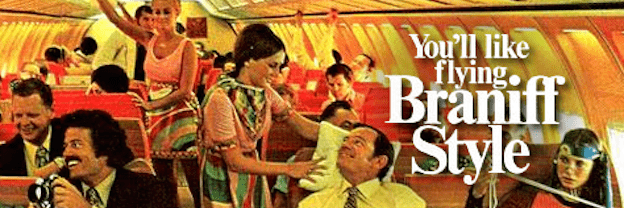MIGRAIN: Semiotics
Part 1) English by Tarun Thind analysis
1) What meanings are the audience encouraged to take about the two main characters from the opening of the film?
That not all young people/teenagers are criminals and violent
2) How does the end of the film emphasise de Saussure’s belief that signs are polysemic – open to interpretation or more than one meaning?
Their conversation suggests they are educated and smart. They helped the homeless man despite his reaction towards them proving them to be kind and subvert the stereotype of teenagers
Part 2) Media Magazine theory drop: Semiotics
1) What did Ferdinand de Saussure suggest are the two parts that make up a sign?
Signifier and signified
2) What does ‘polysemy’ mean?
More than one interpretation
3) What does Barthes mean when he suggests signs can become ‘naturalised’?
Signs can become a culturally accepted without question by society
4) What are Barthes’ 5 narrative codes?
hermeneutic (enigma), proairetic (action),semantic (connotations), cultural, and symbolic code.
5) How does the writer suggest Russian Doll (Netflix) uses narrative codes?
5) How does the writer suggest Russian Doll (Netflix) uses narrative codes?
The title acts as a symbolic code. The symbol of the Russian doll eventually make sense of the narrative. “Nested story” structure is the narrative technique.
This is when multiple layers of storytelling are nested within each other, like a set of Russian dolls. Each story within the larger frame adds a new layer of depth and complexity to the narrative.
Part 3) Icons, indexes and symbols
1) Find two examples for each: icon, index and symbol. Provide images or links.
Icon:
Index:
Symbol: CAT
2) Why are icons and indexes so important in media texts?
They allow producers to communicate with heir audiences and enhance meanings
3) Why might global brands try and avoid symbols in their advertising and marketing?
3) Why might global brands try and avoid symbols in their advertising and marketing?
Language barriers and not all countries share the same norms and cultures and societies are different
4) Find an example of a media text (e.g. advert) where the producer has accidentally communicated the wrong meaning using icons, indexes or symbols. Why did the media product fail? (This web feature on bad ads and marketing fails provides some compelling examples).
Braniff Airlines got in trouble in 1987 when it promoted its new leather seats south of the border with the same campaign it used in the United States: “Fly in leather.” While the Spanish translation, “Vuela en cuero,” was appropriate throughout much of Latin America, it had a different connotation in Mexico, where the expression also means “fly naked.” The promotion may have appealed to some flyers, but it was far from the message the airline intended to send.
5) Find an example of a media text (e.g. advert) that successfully uses icons or indexes to create a message that can be easily understood across the world.
In China, Apple bucked their avoidance of the colour red in a nod to colour theory. Knowing that the colour red is considered auspicious in China, Apple has featured red packaging during Chinese New Year, associating their brand with luck and fortune. While it is important for Apple to stick to their brand identity, they have also shown willingness to adapt their branding to local markets, avoiding rigid and restrictive brand standardisation in favour of flexible yet controlled localisation, which has helped power their ascent to global recognition.




Comments
Post a Comment